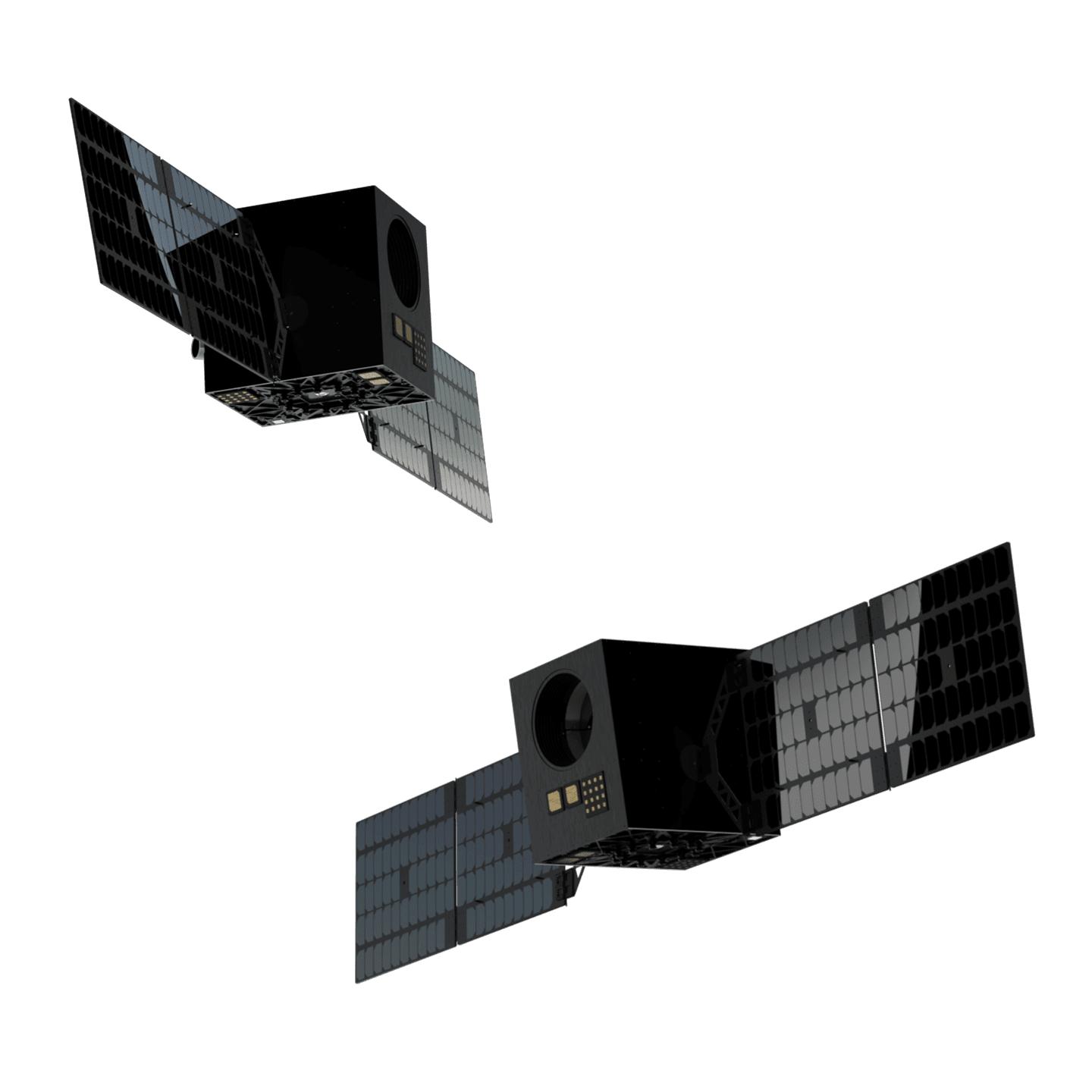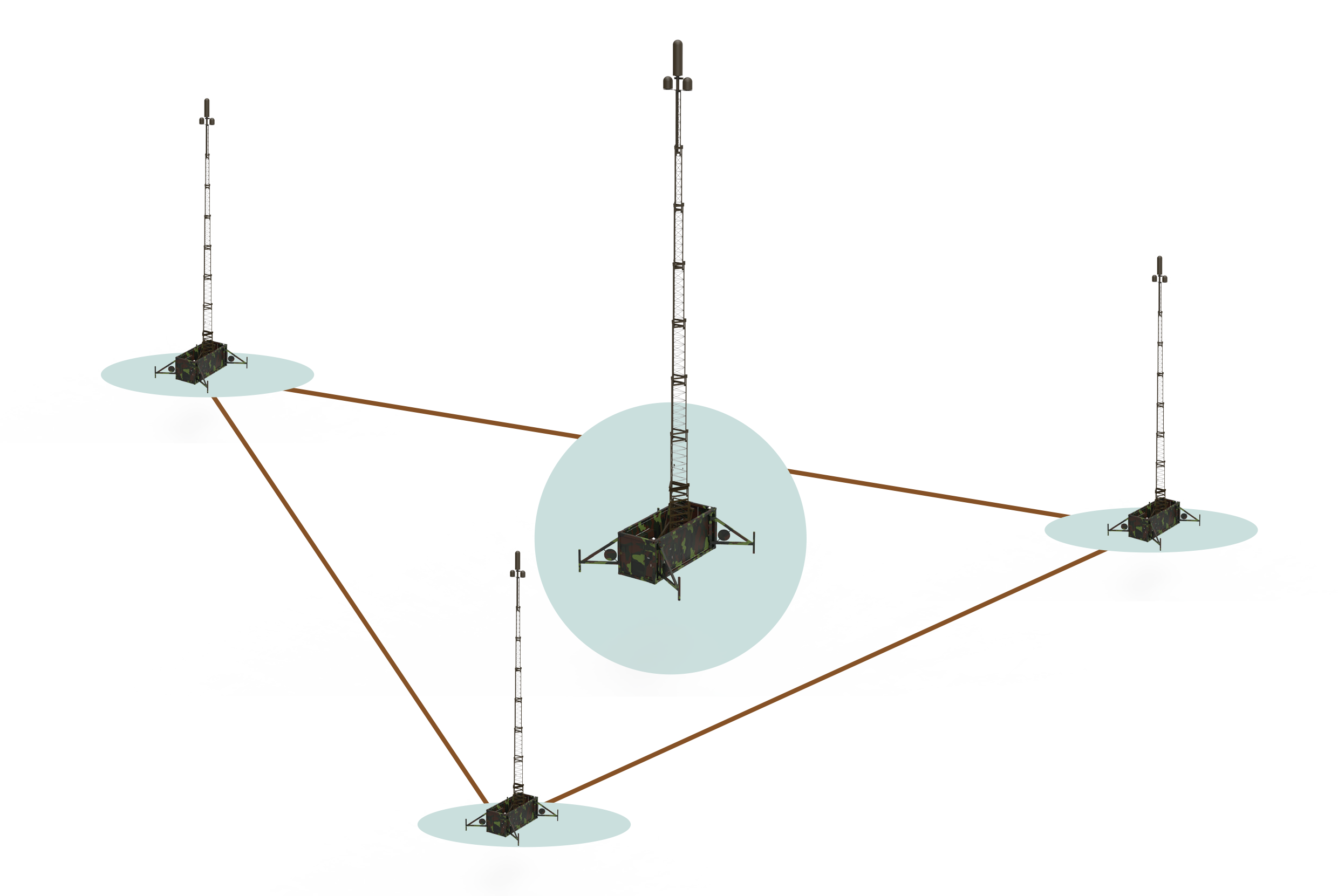
Space Domain Awareness
Event cameras detect brightness changes at microsecond resolution, tracking LEO satellites without motion blur even in daylight. Native spike processing eliminates frame reconstruction overhead.
The battlefield demands sub-millisecond response in extreme environments with zero cloud dependency. We deliver ultra-low power vision systems capturing 10,000 fps equivalent at <2W — enabling real-time AI where GPUs physically fail.

Event cameras detect brightness changes at microsecond resolution, tracking LEO satellites without motion blur even in daylight. Native spike processing eliminates frame reconstruction overhead.

Process complex RF signals at sub-millisecond speeds for cognitive EW. Detect and classify threats faster than human reaction time.
Traditional cameras capture full frames 30 times per second—wasting power processing unchanged pixels. Event-driven sensors fire only when pixels detect change, enabling:
SPACE SURVEILLANCE: Track satellites moving 17,000 mph against bright Earth or dark space simultaneously—impossible for frame cameras that saturate or lose contrast.
This same principle scales to:
By processing only what changes, we achieve 10,000 fps equivalent performance at <2W.
Processes all pixels every frame
Processes only changed pixels
Gesture Recognition Benchmark (DVS128 Dataset)
Energy efficiency measured on neuromorphic-emulated FPGA hardware
244× more efficient than CPU, 9.5× more efficient than Jetson
75.76 GOP/s/W demonstrated
Enable split-second human-machine interaction for safety-critical military systems without cloud dependency
SpikeYOLO 5.7× efficiency improvement
Track fast-moving threats in real-time using 5× less power than conventional AI systems
7× more efficient than Jetson Nano
Navigate drones in GPS-denied environments at <1W power consumption
5x higher MTBF
Sustain deterministic, low-latency inference under high-radiation LEO/HEO spacecraft environments
21% energy reduction
Cut building energy costs while improving occupant comfort through real-time predictive control
90% Parkinson's detection accuracy
Enable bedside neurological diagnostics without cloud processing, preserving patient privacy
<3ms latency instrument detection
Provide surgeons with instant safety alerts and workflow analytics during procedures
If you are interested in joining, please get in touch
We are grateful for the support of Dr. Newton Howard, Antler VC, Hulsey Richmond Ventures, and the NVIDIA Inception Program.